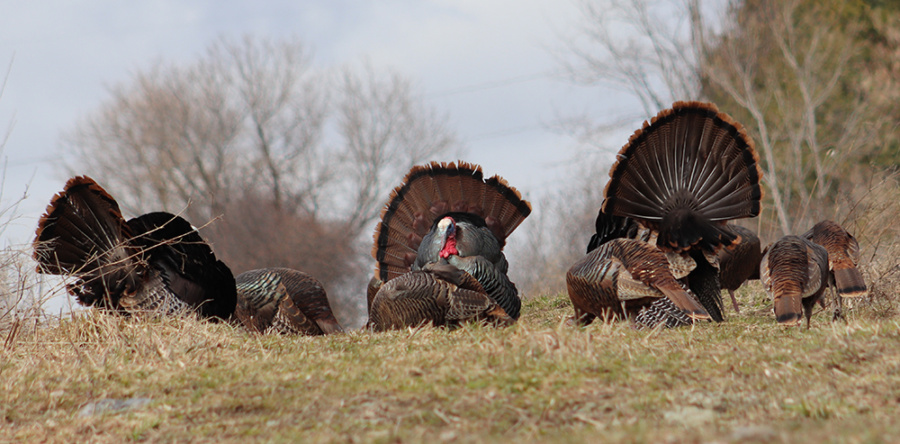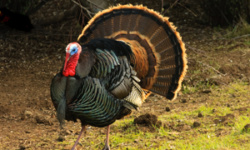There are plenty of myths and misconceptions in the hunting world when it comes to deer and other big game. Fall turkeys, while they don’t get a whole lot of love, also are plagued by false beliefs.
The old standbys are, of course, that they don’t make any noise, you can’t call them in, and it’s solely an ambush pursuit.
Fortunately, none of that is true. You can absolutely call in fall turkeys – both sexes, in fact. I’m often surprised by how vocal they really are, and how many vocalizations they’ll throw your way if you get them fired up. The key to unlocking the best fall hunt possible is to find where the birds really want to be.
Spring gobblers will cross serious territory to get to you if you talk to them just right, but fall birds won’t. They have a feeding pattern they engage in every single day, and they don’t deviate much from it. This means that if you’re not close to where they roost, travel, or want to feed, you’ll hear them but won’t get them to commit.
The best bet is to glass or get out and scout on foot until you see a flock or find a pile of turkey sign. Like elk hunting, if you find the hot, fresh sign, it’s best to set up immediately and see who you can get interested.
The easiest areas to locate for fall turkeys are feeding spots. Oftentimes, birds will hit a food source such as a beanfield or cut cornfield and work their way back and forth across it. If you can get there before they do and set out a feeding hen decoy, you’re in business.
You’re job isn’t over then, however, because you still need to get the birds fired up.
If it’s a flock of toms, they probably won’t be all that vocal no matter how much you yelp and cluck and kee-kee, although they do sometimes start gobbling like crazy or yelping back. No matter how much noise they make, they usually come in if they think a lone turkey is feeding and yapping away on their turf. If you’ve got hens and poults feeding in your spot, there will almost always be one dominant hen. She will not tolerate a loudmouth feeding hen in her spot.
My typical setup these days, since I mostly bowhunt, is to carry in a hub-style blind to where the freshest sign is. I’ll set out one feeding hen decoy at about 10 yards so it is as visible as I can make it. After that, it’s time to start talking. I use mouth calls mostly, but anything where you can yelp and cutt aggressively will work. The goal is to get loud enough to tell any nearby turkeys that there is something going on in their main food source. Usually, it doesn’t take long to get a hen to answer back.
At this point, a lot of hunters will stop calling, thinking that a response is good enough and the birds should be on their way. Fall birds are different, and I prefer to keep the conversation going and try to get the birds really fired up. If you cut the hen off and yelp aggressively, you can usually get her and the whole flock going.
After that, they often come running in. If they don’t, that usually means you’re not on the best spot.
When they talk but don’t commit, that means they’re heading somewhere else, so pay attention, because you might need to reposition your blind. If you’re shotgun hunting, slip along until you’re closer and can figure out where they’re headed. Most of the time they’ll remain vocal enough to let you know exactly where they’re at.
Either way, enjoy it, because when it’s done right, fall turkey hunting is a blast – especially if you forget everything they are supposed to do.






